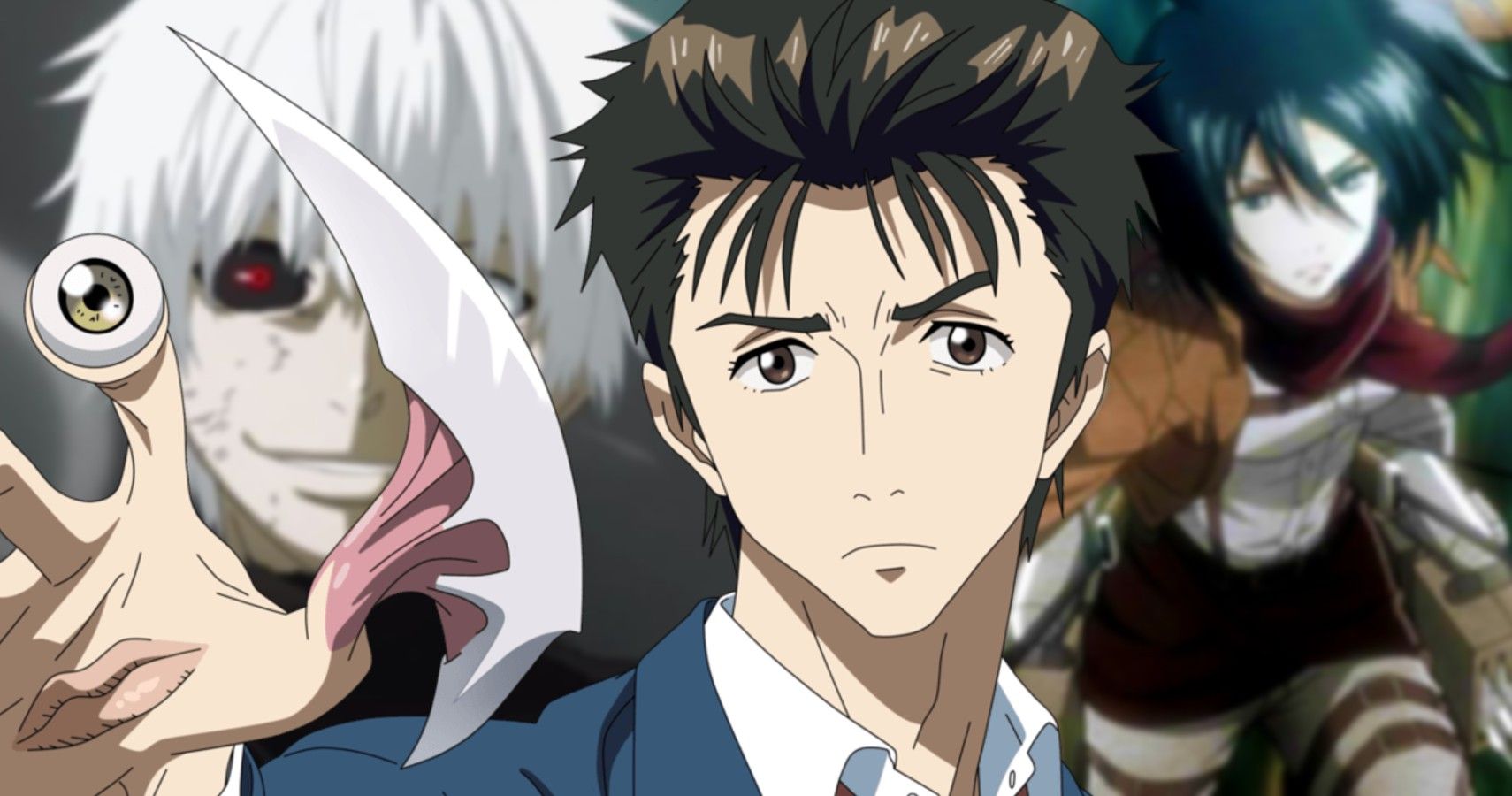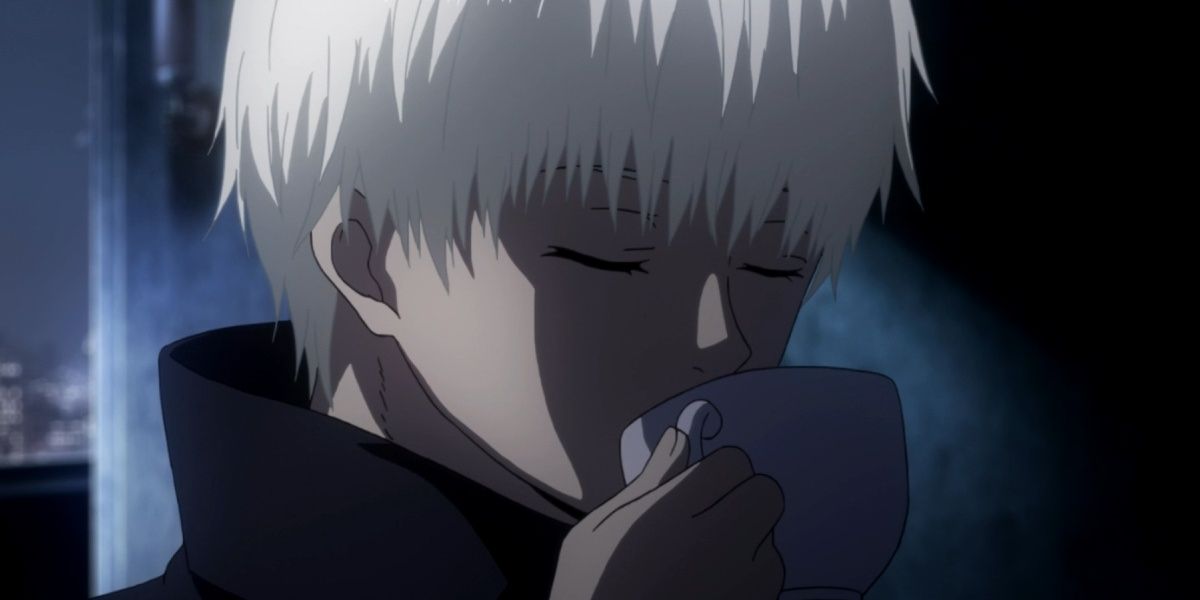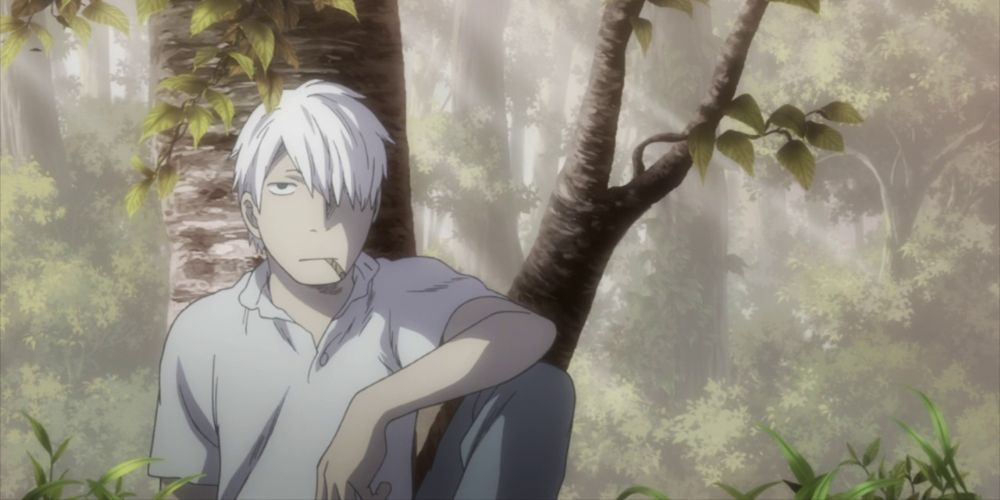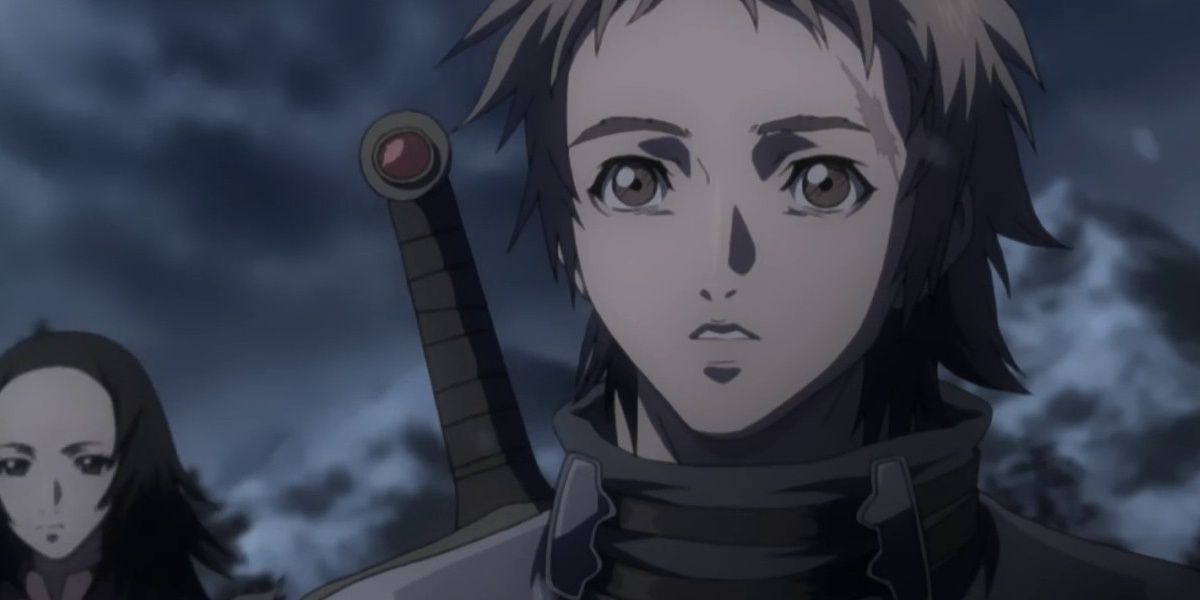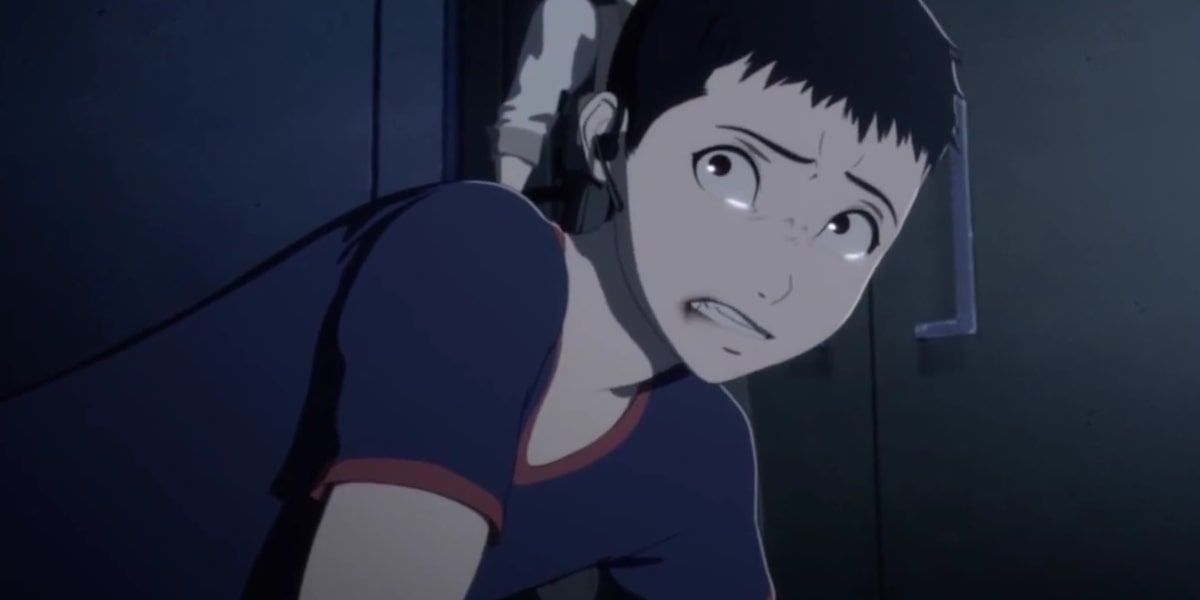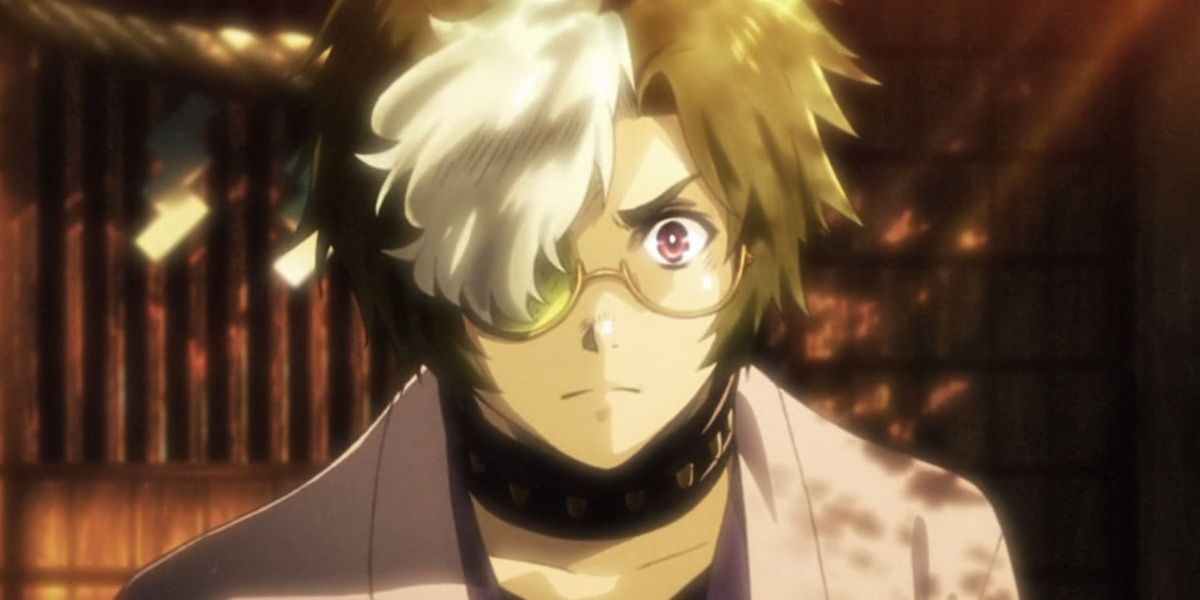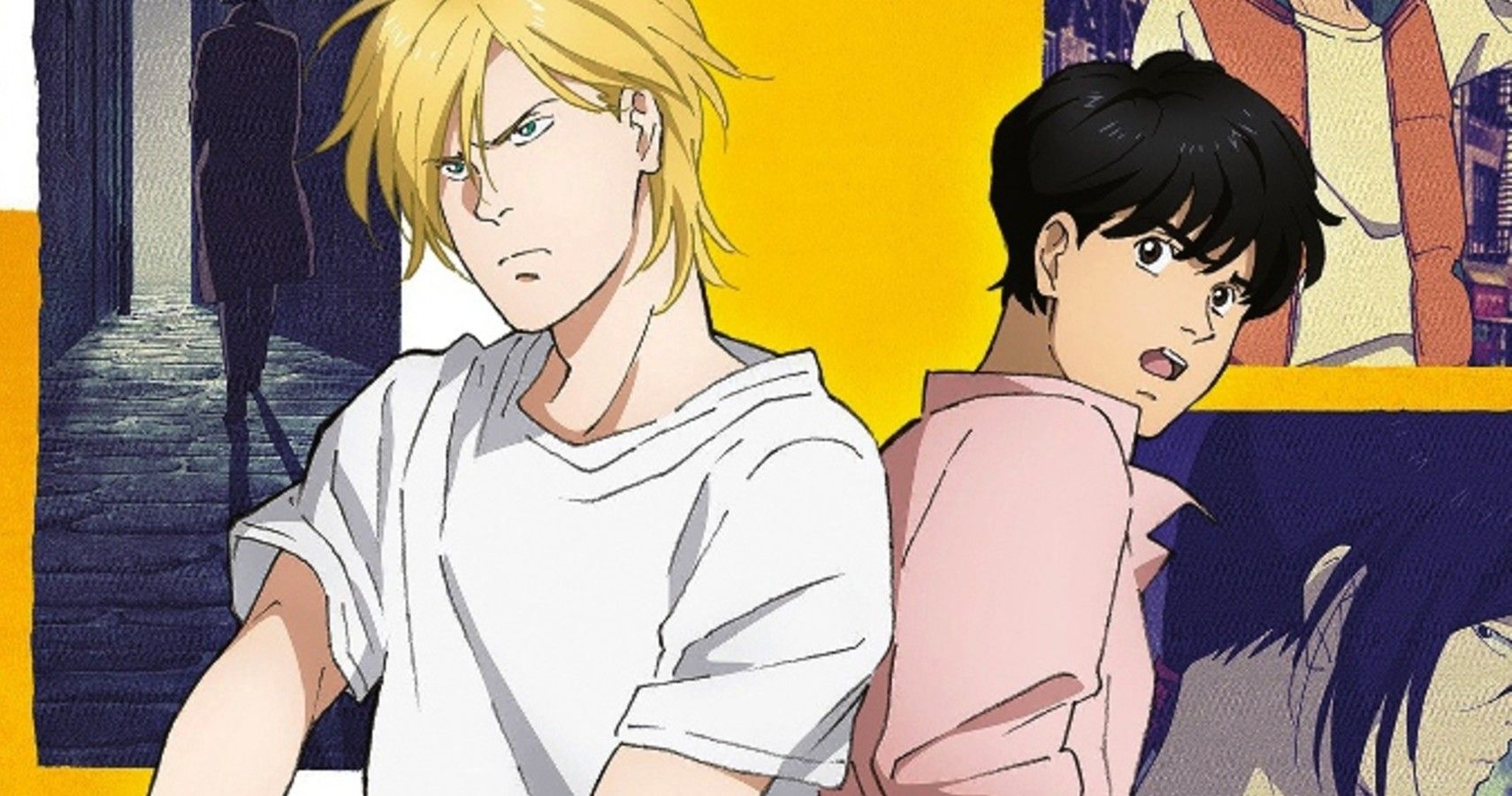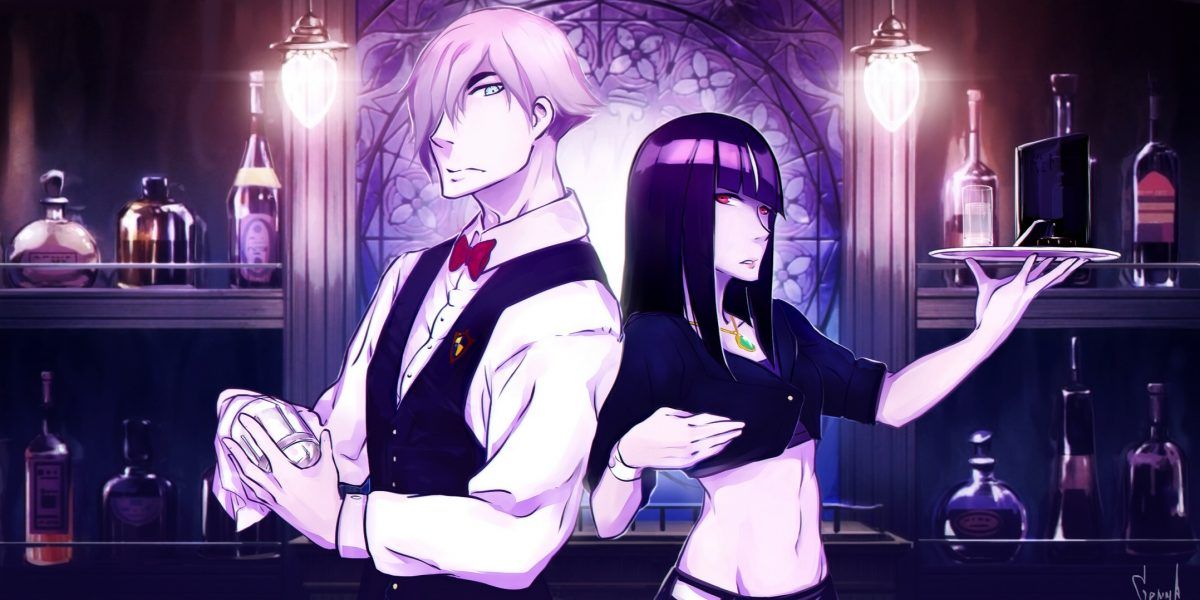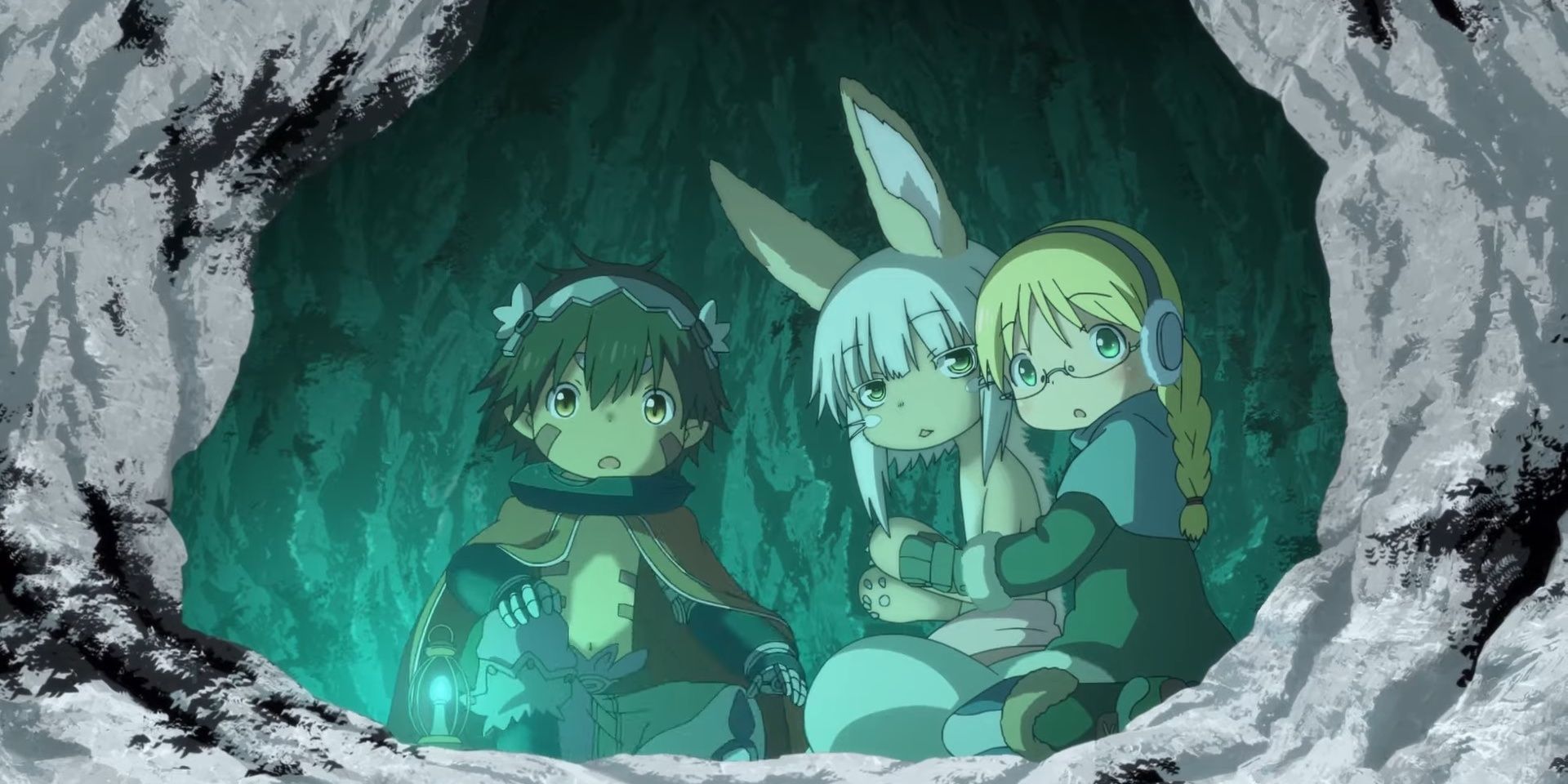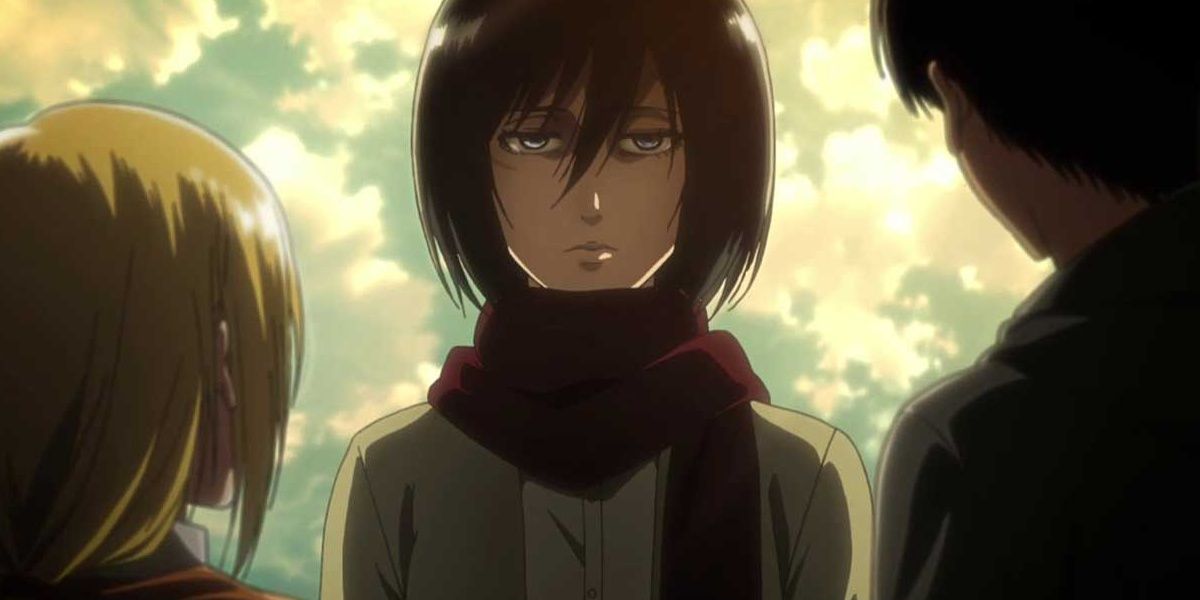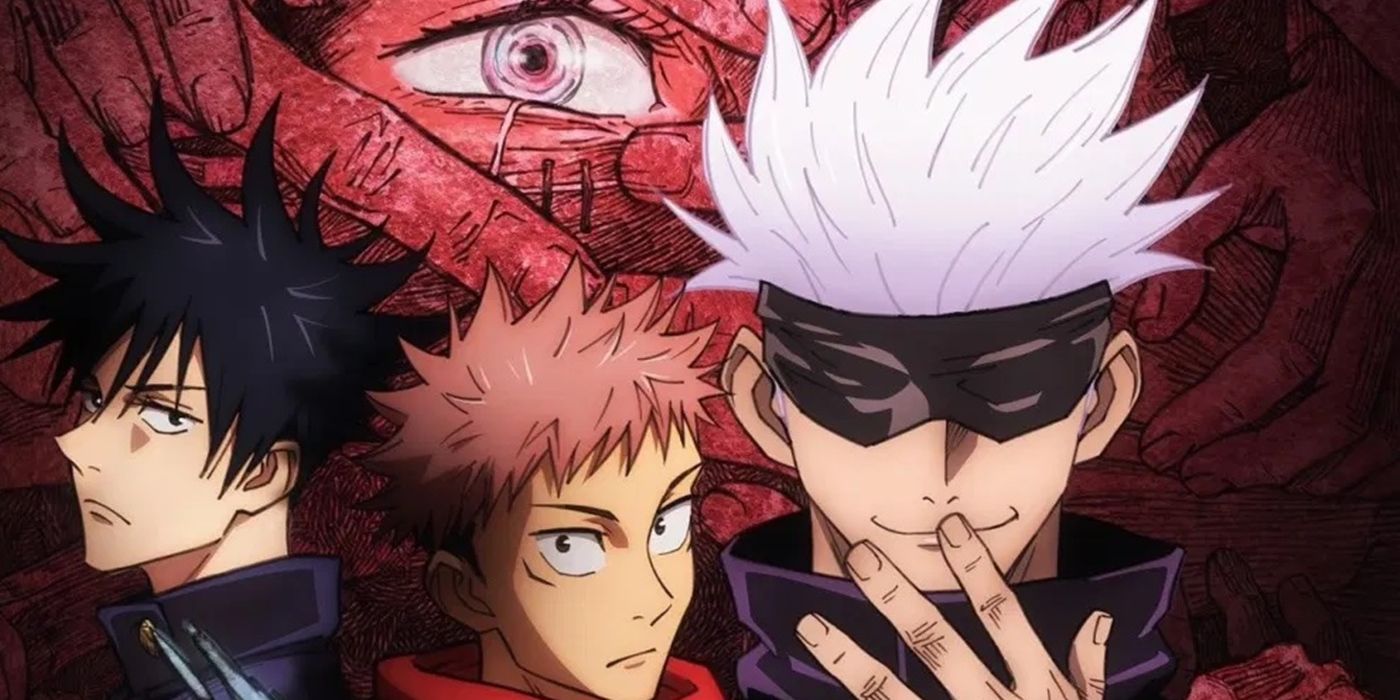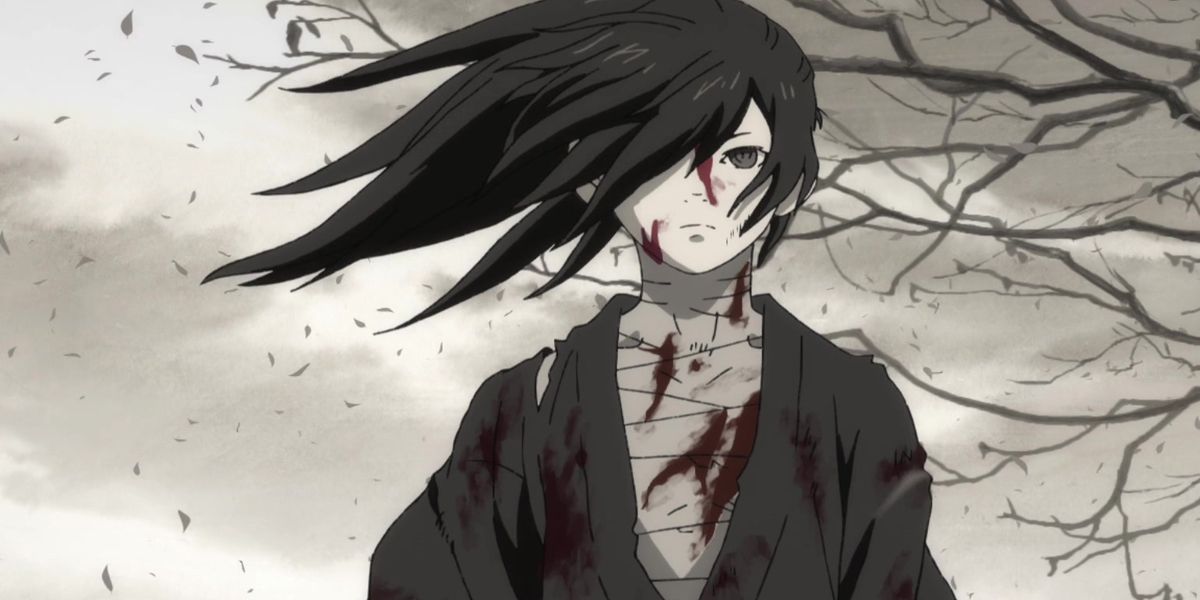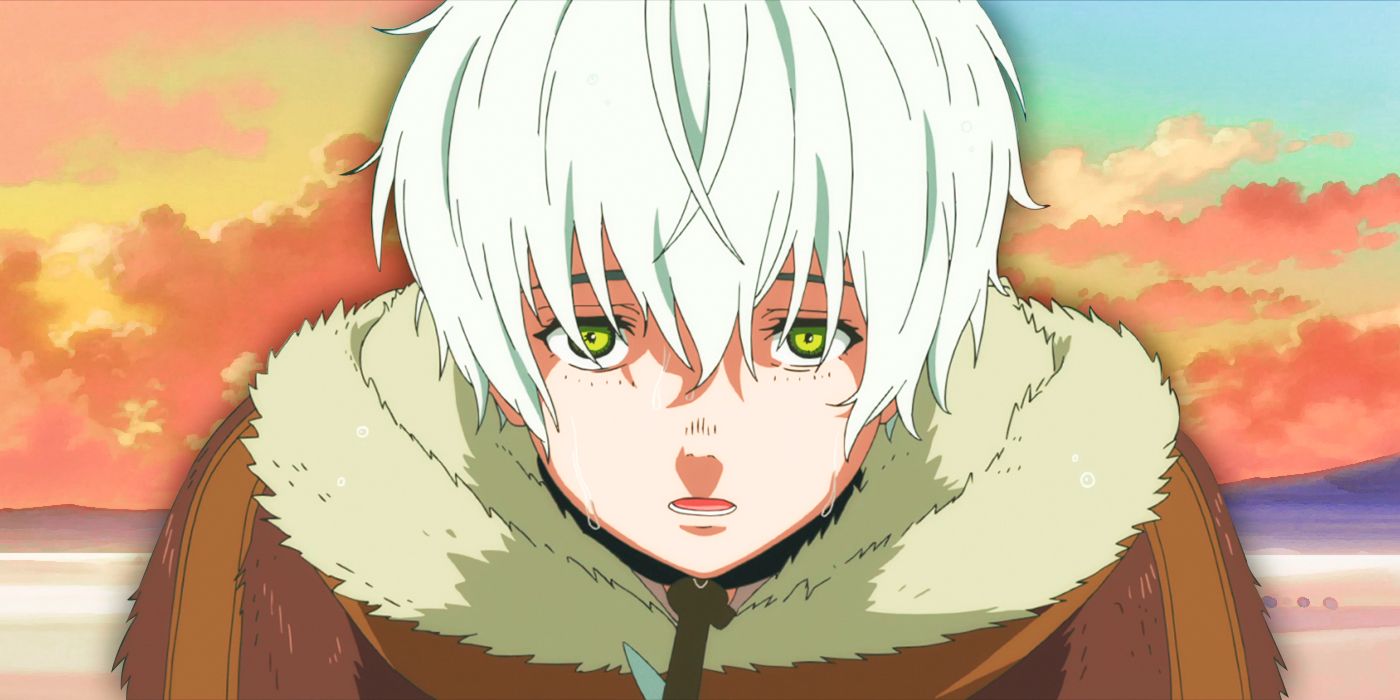Horror fans quickly fell in love with 2014's Parasyte: The Maxim, the anime based on a vintage manga by Hitoshi Iwaaki. Otaku admired the anime's clever blend of classic body horror tropes and its existential moments, and this oldie turned out to be a goodie. Parasyte: The Maxim proved popular enough to spawn two live-action movies and encouraged a new generation to seek out similar shows.
While Parasyte: The Maxim is far from the only anime to blend psychological horror and science fiction, it is a standout series. Luckily, those looking for an anime to fill in the void Parasyte: The Maxim left behind in 2015 will have no shortage of options to choose from.
Updated by Leah Thomas on June 30th, 2021: In the years since Parasyte: The Maxim made waves in anime, bringing retro sci-fi and body horror elements into the mainstream again, several other shows have carried on the tradition. 1980s nostalgia has given retro anime a boost, and in just the past year, several successful shonen series featuring darker story elements have been in the limelight.
16 Tokyo Ghoul Makes A Monster Of Its Protagonist
Tokyo Ghoul follows Ken Kaneki, who ends up in a hospital after a dangerous confrontation with a vicious stranger in an alley. After being discharged, Kaneki soon learns that he's been forever altered, transformed into a vampire-like creature called a Ghoul. Kaneki becomes the unlikely bridge between humanity and other ghouls.
Like Shinichi, Kaneki loses his humanity after an encounter with a monster. Both series follow a classic horror format, questioning what defines monstrosity and what makes a life worthy of saving. While Tokyo Ghoul has certainly earned its detractors and no fan should waste their time on its sequel series, fans of Parasyte are likely to enjoy Tokyo Ghoul's first season.
15 Deadman Wonderland Indulges In Gore & Mystery
14
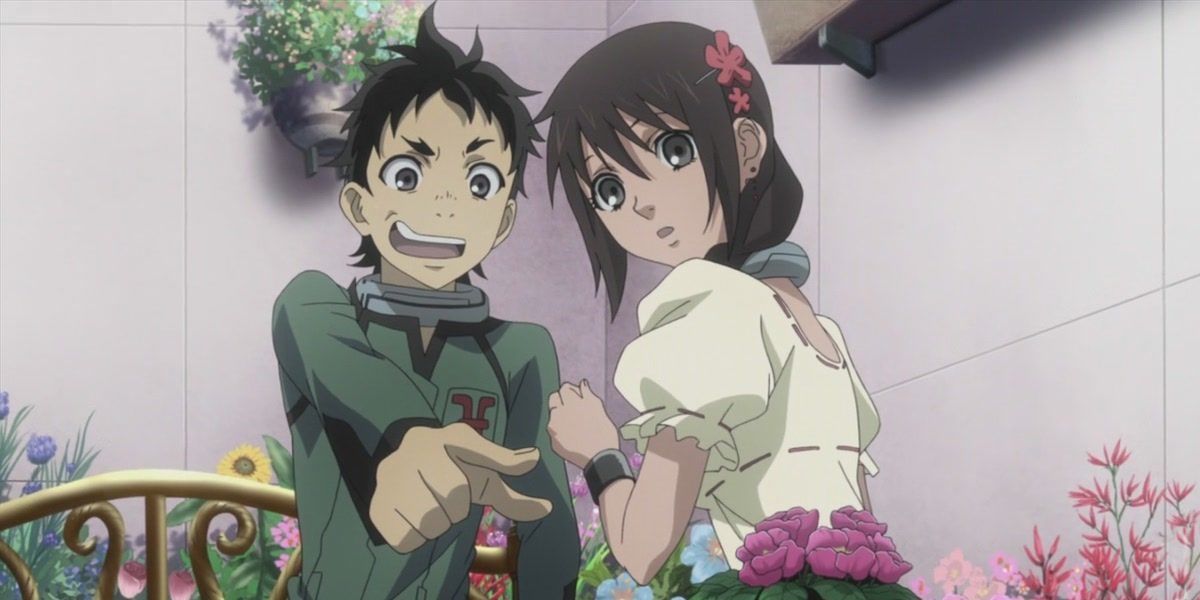
Deadman Wonderland follows Ganta Igarashi, whose whole class gets annihilated by a red individual who appears without warning in their classroom. After Ganta's accused of the incident, he is sent to live in a dystopian prison known as Deadman Wonderland. Convoluted and overwrought at times, Deadman Wonderland is compelling, to say the least.
Like Shinichi, Ganta encounters someone who gives him superhuman powers. Ganta also battles multiple foes that use the same power source as himself. Though the studio didn't adapt Deadman Wonderland's whole story in the anime, it is still a memorable viewing experience.
13 Inuyashuki Contemplates What A Life Is Worth
12
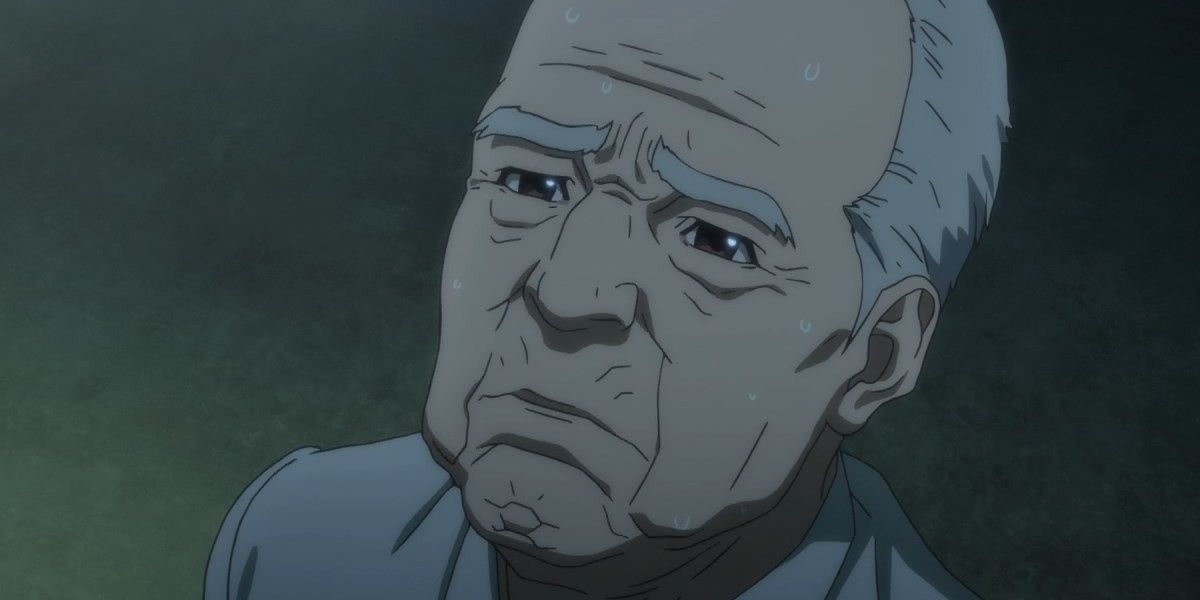
Inuyashiki follows the elderly Ichiro Inuyashiki, who doesn't have the greatest relationship with his family. While crying in a park, an unusual light transforms Inuyashiki into a robot-like living weapon. The anime follows Inuyashiki's heroic tale as he tries to make something more of his last few years.
Like Shinichi, Inuyashiki is a normal person who undergoes a significant transformation due to an alien encounter. While tonally very different from Parasyte, thematically the two series have plenty in common.
11 Mushishi Presents Its Own Unique Parasites
When it comes to dealing with invasive parasites, Parasyte: The Maxim doesn't hold a candle to Mushishi. Mushishi is a critically acclaimed and much-beloved series set in a world that seems both timeless and remote. In this world there exist mushi, creatures that are neither plant nor animal, but inhabit nature like cognizant fungi.
The mushi, while not intentionally malevolent, have a tendency to curse or infect humans with various ailments, and a man named Ginko travels the world on foot, ensuring the mushi don't wreak too much havoc. Mushishi is deeply unsettling and deeply beautiful and raises all the right existential questions.
10 Claymore Showcases Gray Areas
Claymore follows Clare, a half-human, half-demon warrior known as a Claymore. Clare meets and saves a boy named Raki from an evil creature called a yoma. After he's kicked out of his homeland, Raki follows Clare on her yoma-slaying quest.
In both series, the central monsters can mask themselves as humans. And like Shinichi in Parasyte: The Maxim, Clare is a hybrid granted superhuman abilities. Although Claymore's actually more gruesome than Parayste: The Maxim and set in a fantasy world rather than our own, both series tread similar thematical ground.
9 Ajin: Demi-Human Is Parasyte Without A Heart
Ajin: Demi-Human follows Kei Nagai, a young man who winds up in a fatal car accident. However, thanks to a unique substance that laid dormant in his body, Kei survives. Kei is actually an immortal Ajin, but this means that every government agency on Earth wants him dead or alive. With a bounty on his head, Kei finds himself on the run.
Like Parasyte: The Maxim, Ajin: Demi-Human is mysterious, tense, and brutal. Kei must kill off other Ajin to survive, just as Shinichi and Migi must kill other parasites. While the animation style may be initially off-putting and the characters are far from likable, Ajin offers plenty for viewers to mull over.
8 Kabaneri Is Flawed But Features Classic Horror Moments
Kabaneri of the Iron Fortress takes place during the industrial revolution. Savage beasts called Kabane are attacking people and converting them into beasts themselves, much as Shinichi is transformed. The story follows the brilliant Ikoma, who has invented a weapon with the sole purpose of slaying the Kabane. Unfortunately for Ikoma, his Kabane slaying days start sooner than he hoped.
Both series have protagonists who use their adversaries' power against them. Animated by Wit Studio, Kabaneri of the Iron Fortress also indulges in zombie tropes and the sort of violence usually featured in slasher films. For those looking for less introspection and more action, Kabaneri, despite its many flaws, might be just the ticket.
7 Banana Fish Is Another Testament To The Power Of Nostalgia
While at first glance Banana Fish, a story about defying criminals and uncovering conspiracies in New York City, might seem like a true misfit for this list, in essence, it has a lot in common with Parasyte. Both manga were initially published in the eighties, and epitomize stylistic and narrative choices specific to that era.
An isolated protagonist finding solace through a stranger, a dangerous world that's actively hostile to the main cast— these are also things the story has in common. Somehow, both series feel like they could have been dreamed up by John Carpenter himself.
6 Death Parade Weighs Morals Against Circumstances
Death Parade remains something of an odd-duck as anime go. A curious blend of existential questions and supernatural mythology, the series is primarily set in the Afterlife. In Death Parade, purgatory is a hotel lobby in perpetual twilight, and a soul's fate is determined in part by the man who tends the hotel bar. Decim challenges incoming souls to various games, the results of which help determine the fate of their eternal souls.
While the approach to storytelling is decidedly different, both Death Parade and Parasyte focus a lot on the balance between life and death, and the implications one's choices have on the world. Just as Shinichi must weigh his decisions against his morals, so must we all.
5 Made In Abyss Goes Only Darker
Made in Abyss is, aesthetically, far removed from the story Parasyte presents. Even so, both series are excellent exercises in psychological horror. While Parasyte tackles monsters directly, placing a known enemy directly inside the protagonist, most of the horror elements in Made in Abyss spawn from the unknown. The abyss is full of monsters, and one of the protagonists has no memory of what makes him monstrous.
While the series presents at first as an adventure into a mysterious land, as the characters descend, the true nature of the world beneath their feat becomes increasingly more horrific. When it comes to building suspense, few series have accomplished so much. fans of Parasyte are bound to appreciate this journey.
4 Attack On Titan Confronts Humanity's Ugliness
Are there any geeks left who haven't been exposed to Attack on Titan? The series is as lauded as it is infamous at this point, and it's likely that most otaku already have opinions on the series. Even so, Attack on Titan has many elements in common with Parasyte, and seems necessary to mention.
Fear, action, and survival are three elements Parasyte: The Maxim and Attack On Titan share. The excruciating gore in both series is another commonality between Attack On Titan and Parasyte: The Maxim. Most importantly, both series are pessimistic about mankind's inherent goodness and give their audiences a lot to consider.
3 Jujutsu Kaisen Blends Body Horror & Shonen Action
Mainstream shonen series have gotten so dark that the lines between traditional marketing genres have entirely blurred. Bloodshed and violence are par for the course, and the most successful shonen series in recent years have featured a lot of death, destruction, and, perhaps most peculiarly, body horror.
Enter Jujutsu Kaisen. Just as Shinichi is possessed by Migi, protagonist Yuji finds himself the unexpected host of a demon known as Sukuna. While Sukuna seems unlikely to grow as much of conscience as Migi does, the concept of being host to a monster is once again illustrated to compelling effect. Fans who longed to know what would become of Shinichi and Migi now wonder what will happen to Sukuna and Yuji. Beyond that, Jujutsu Kaisen is a great supernatural shonen horror series, entertaining to a fault.
2 Dororo Brings An Old Story Back To Life
Hyakkimaru is made a monster by his father, who exchanges his son's limbs and organs for wealth and prosperity, making a deal with literal demons. Thereafter, Hyakkimaru must travel the land trying to reclaim the parts that were stolen from him, aided by a tenacious orphan named Dororo.
While it's fair to say that Parasyte, originally written in 1988, was pretty retro by the time it received an anime, Parasyte's journey to the screen has nothing on Dororo's. The Tezuka manga was initially written in the 1960s by none other than Osamu Tezuka himself. While the manga received a brief anime in 1969, it never received a proper ending. Not until 2019, when MAPPA brought a beautiful reboot to audiences.
1 To Your Eternity Boasts An Unforgettable Inhuman Protagonist
Few series have ever made an entrance like To Your Eternity. The first episode of the series is a cinematic masterpiece, arguably one of the best anime pilots of all time. Perhaps most impressively, To Your Eternity presents an inhuman protagonist without a conscience as its central figure from the word "go."
To Your Eternity saw what Parasyte did and went one step further: the protagonist isn't the boy who harbors the parasite, but the very parasite itself. Can Fushi become human without the influence of a host? Can a shapeshifting monster become an empathetic being? Time has shown that the answer is yes. To Your Eternity is the perfect candy for Parasyte fans.

